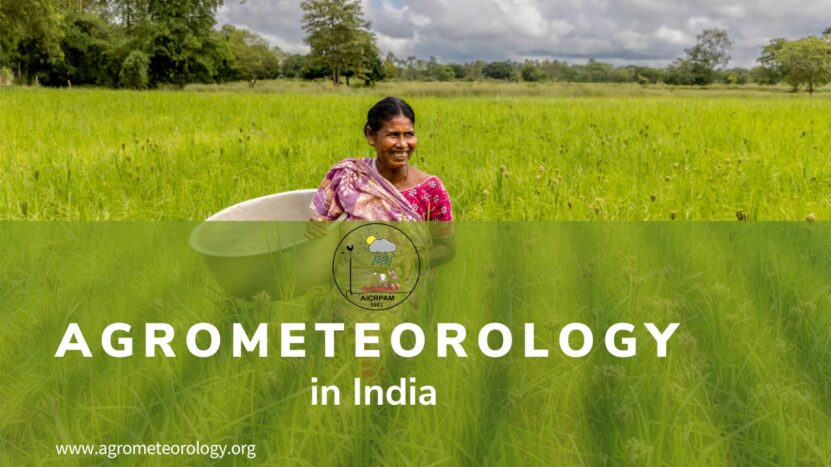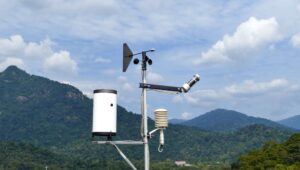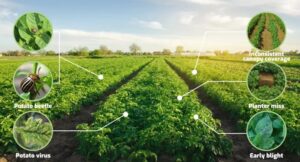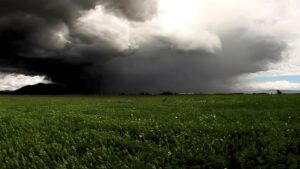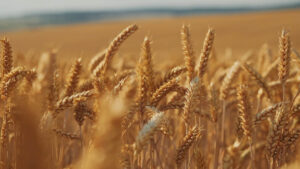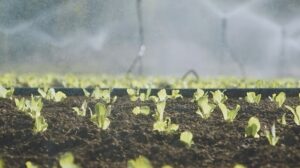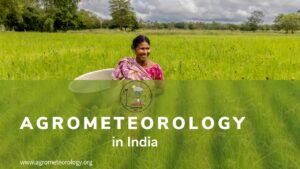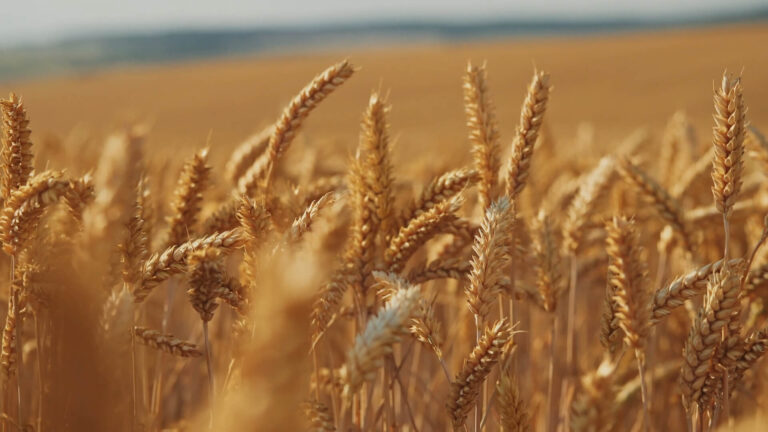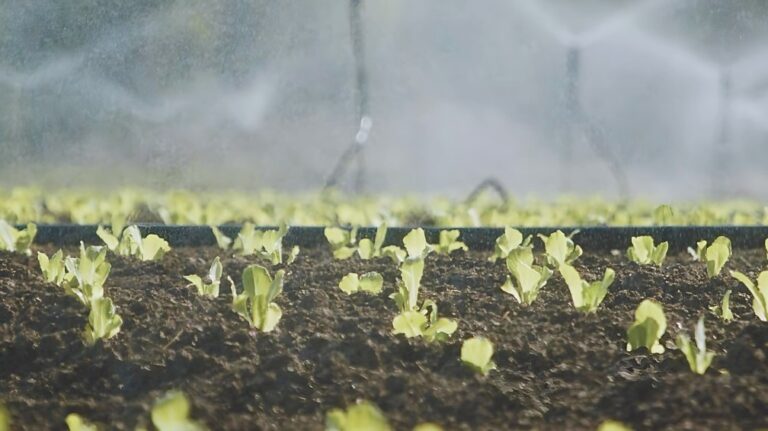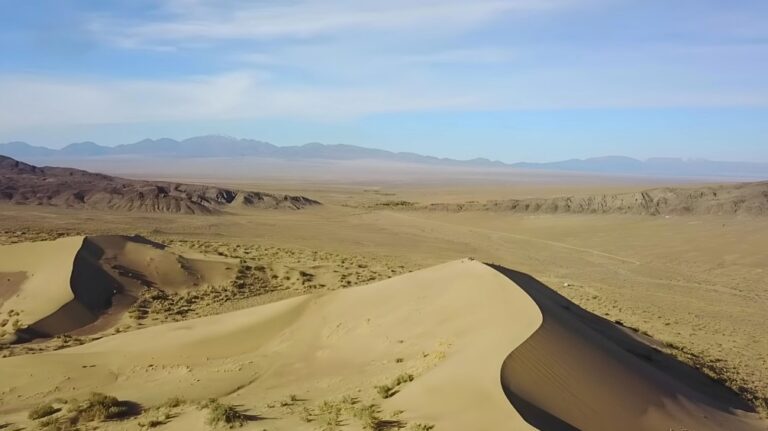We explored the scientific article about agrometeorology in India and thought it might be interesting too.
It talks about how this field brings together different types of science to understand how weather impacts farming. Pretty cool that they can use that knowledge to help farmers make better choices depending on forecasts. That’s gotta be super useful for minimizing losses due to unpredictable rain or heat, you know?
Anyways, get this – they’ve actually been studying this connection between weather and crops going all the way back to the early 1900s. Can you imagine trying to farm back then without modern forecasts? No wonder they started looking into it.
Over the decades they’ve learned so much more, especially since the 1980s when research really ramped up. Now farmers can get advice tailored to current conditions.
Disclaimer: Our article is a summary of the scientific document “Microclimatic study under wheat, mustard and chickpea crops in western plain zone of Uttar Pradesh”. The original version you can download here: PAINKRA, A., SHAMIM, M., PURANIK, H. V., RAVISANKAR, N., GHASAL, P., KASHYAP, P., PRUSTY, A., & DUTTA, D. (2024). Microclimatic study under wheat, mustard and chickpea crops in western plain zone of Uttar Pradesh. Journal of Agrometeorology.
AICRPAM
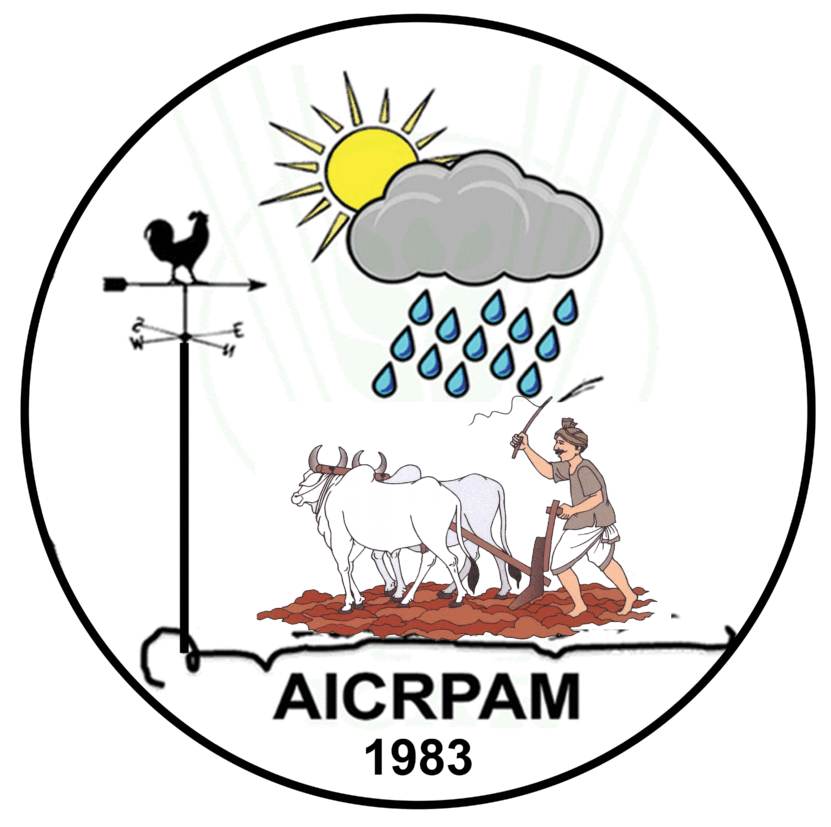
One group called AICRPAM has really led the charge since 1983. Their whole goal is to figure out how things like temperature affect harvests so farmers know the best times to plant and harvest each crop. That way they can boost yields while keeping costs low.
Pretty interesting stuff if you ask me. Just shows how much work has gone into optimizing agriculture around constantly changing conditions. They’ve no doubt helped a lot of families over the years. Always cool learning about new fields like this one.
| Key Component | Description | Challenges | Proposed Solutions |
|---|---|---|---|
| Agroclimatic Analysis | Utilizes long-term weather data for identifying variable weather characteristics impacting agriculture, enabling effective planning and management. | Prepping farmers to withstand more heatwaves, droughts and floods due to climate change | Focus on identifying and characterizing hotspots for minimizing climate-related risks in crop production. |
| Crop-Weather Models | Employs statistical models to establish relationships between crop yield and weather parameters, improving prediction accuracy for crop productivity. | Inter-annual variability in crop yields remains a challenge due to the unpredictability of weather patterns. | Refining prediction models and employing real-time weather data to enhance the precision of crop yield forecasts. |
| Weather-Based Advisory Services | Delivers tailored agromet advisories to farmers to aid them in making informed decisions regarding crop management and risk mitigation. | Lack of localized advisory services leads to ineffective application of general forecasts and advisories. | Development of localized, micro-level agrometeorological advisory services to provide precise and actionable information to farmers. |
| Decision Support Systems | Includes tools like Dynamic Crop Weather Calendars and software for pest prediction, integrating weather forecasts with agricultural practices. | Existing tools may not adequately address the rapid onset of weather events or integrate the latest climate data. | Update and enhance decision support systems with capabilities to utilize real-time weather forecasts and climate change scenarios. |
| Capacity Building | Conducts training and development programs for enhancing the technical skills of scientists and agronomists in weather data analysis and application. | Need for continuous training due to evolving technologies and the complex nature of climate impacts on agriculture. | Expand international collaborations for advanced training and research opportunities, and increase the frequency of in-service training programs. |
So, the main issues that agrometeorology in India still faces:
- Data Confusion – They have TONS of info on weather and farming, but it’s hard to organize and use it all effectively. Keeping data updated and making sure it’s accurate is important for good analysis and forecasts.
- Not Enough Tools – In many rural areas across India, the equipment to measure weather isn’t available. This makes collecting detailed, reliable data difficult, especially in remote places.
- Not Enough Help – There’s a shortage of people trained specifically in agrometeorology. This limits how much research can get done and advice provided to farmers.
- New Tech Not Used – Technologies like AI and machine learning have the potential to help a lot but aren’t fully utilized yet. More advanced models are needed to better predict weather impacts.
- Communication Problem – Even when advisories are made, it can be hard to get the info to farmers. The scientific data needs to be presented in a way that’s easy for farmers to understand and apply.
- Planning Mismatch – Sometimes research findings aren’t put into action through policy changes as they should be. Closing this gap is important for developing good weather-based farming strategies.
But there are potential solutions for the challenges we mentioned. Here is it:
The development of agroclimatic atlases is crucial for documenting weather trends and their impacts on agriculture. These atlases help in defining agroclimatic zones, which can be used to optimize crop growth environments based on long-term weather data.
So those scientists have developed these crop-weather models that can actually predict harvest amounts based on important weather factors like rainfall. Pretty wild they can crunch all those numbers!
They’ve also improved something called crop weather calendars. Now farmers can see not just past weather trends but the real-time forecasts too when planning. That’s gotta be super helpful for deciding when to plant.
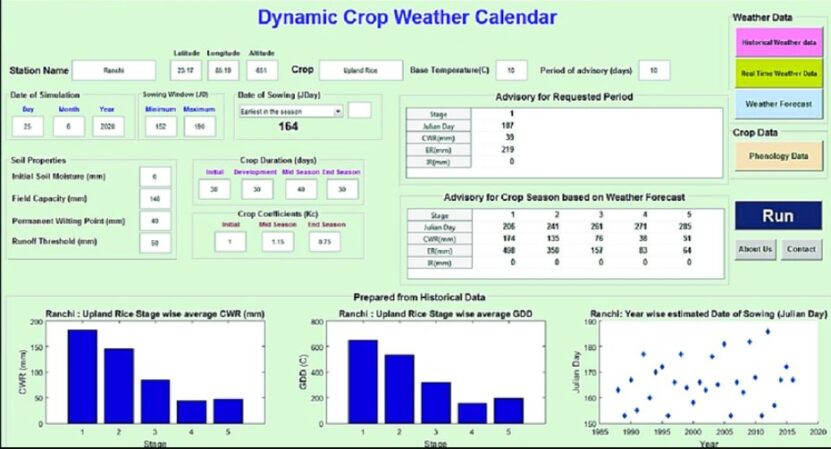
Two tools that stood out were this Dynamic Crop Weather Calendar and some Agroclimatic Onset of Crop Season software. The DCWC guides decisions on irrigation and sowing times using soil moisture levels and forecasts. The AOCS program helps pinpoint the best windows for planting each crop to maximize yields.
Just think how much of a difference resources like that could make for farmers. Instead of guessing, they’ve got data to optimize everything. Really shows how all that research pays off in the fields.
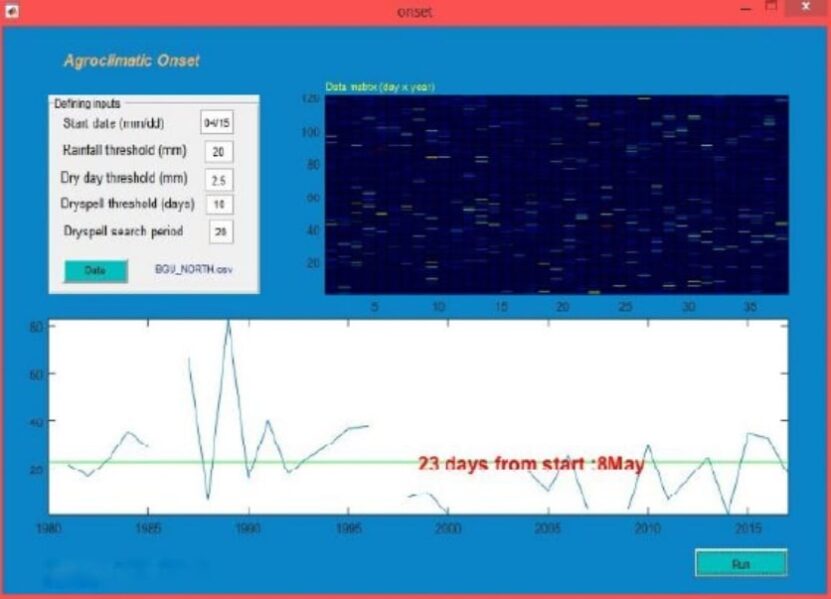
Always blows me away what scientists can figure out when they put their minds to problems. These agrometeorologists are doing great work assisting agriculture. Their tools must be a huge help for rural communities.
Micro-level Agromet Advisory Services (MAAS) have been developed to provide localized weather advisories, improving the relevance and application of weather information for farmers. Regular issuance of National Agromet Advisory Services’ bulletins also integrates extended-range weather forecasts to aid agricultural planning.
To support these technological advancements, national training programs are conducted for scientists on various agrometeorological topics, alongside in-service training programs that focus on the practical application of agrometeorology in agriculture.
Technological integration extends to tools like the Weathercock software, which facilitates comprehensive agroclimatic analysis. The Meghdoot app, another significant development, provides location-based forecasts and agromet advisories directly to stakeholders.
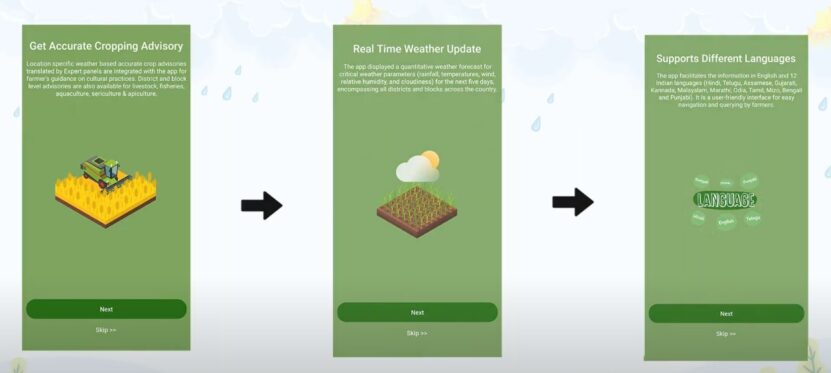
Lastly, the infrastructure supporting agrometeorology has been enhanced through the establishment of an extensive network of automatic weather stations. These stations improve the accuracy of local forecasts and, along with strengthened agrometeorological observatories, ensure efficient data sharing and reduce effort duplication, thereby bolstering the overall resilience of Indian agriculture to climatic variabilities.
Current Innovations and Tools
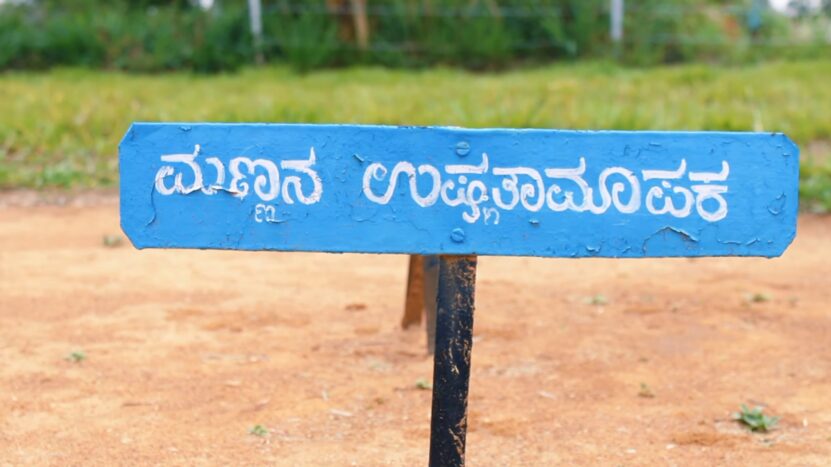
Continuing its pioneering work, AICRPAM now focuses on integrating weather information more closely with farming practices. The project has created detailed climate maps that show how the weather varies across different Indian regions and has developed models to predict crop growth under various climatic scenarios. These models and tools are vital for strategic planning and can significantly mitigate the risk of crop failures due to adverse weather conditions.
Man, after learning all about agrometeorology and the work they’re doing through projects like AICRPAM, it really hits home how important this field is for India’s future.
With climate change causing more intense heatwaves, floods, and other crazy weather, farmers are gonna need all the help they can get adapting. These scientists play such a key role in that process.
By constantly improving the advisories they give based on forecasts, agrometeorology not only helps ensure sustainable farming techniques but also secures people’s livelihoods. When farmers can plan ahead and minimize losses, it protects the whole food supply chain down the line.
The research and tools AICRPAM has created over the years have already done so much. But their work is really gonna be invaluable going forward as conditions keep changing. Guiding agriculture through climate challenges while nourishing people’s lives – that’s huge.
It was fascinating to learn about how far they’ve come since the early days. With their dedicated efforts, I’m confident they’ll keep rising to meet whatever comes, helping pave the way for a resilient agricultural future in India. Kudos to all involved in this important work.
Reference
PAINKRA, A., SHAMIM, M., PURANIK, H. V., RAVISANKAR, N., GHASAL, P., KASHYAP, P., PRUSTY, A., & DUTTA, D. (2024). Microclimatic study under wheat, mustard and chickpea crops in western plain zone of Uttar Pradesh. Journal of Agrometeorology, 26(1), 25–31. https://doi.org/10.54386/jam.v26i1.2340

